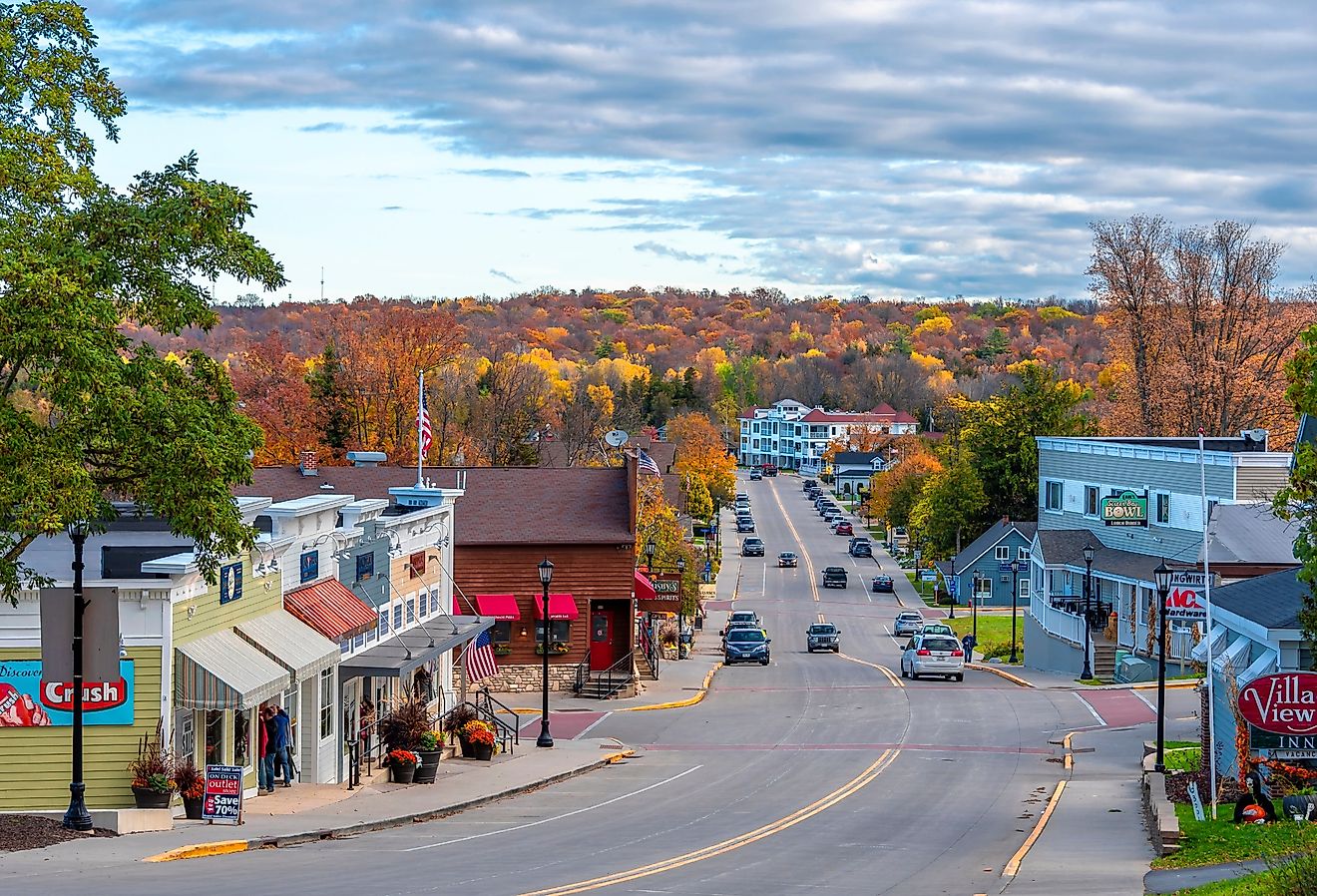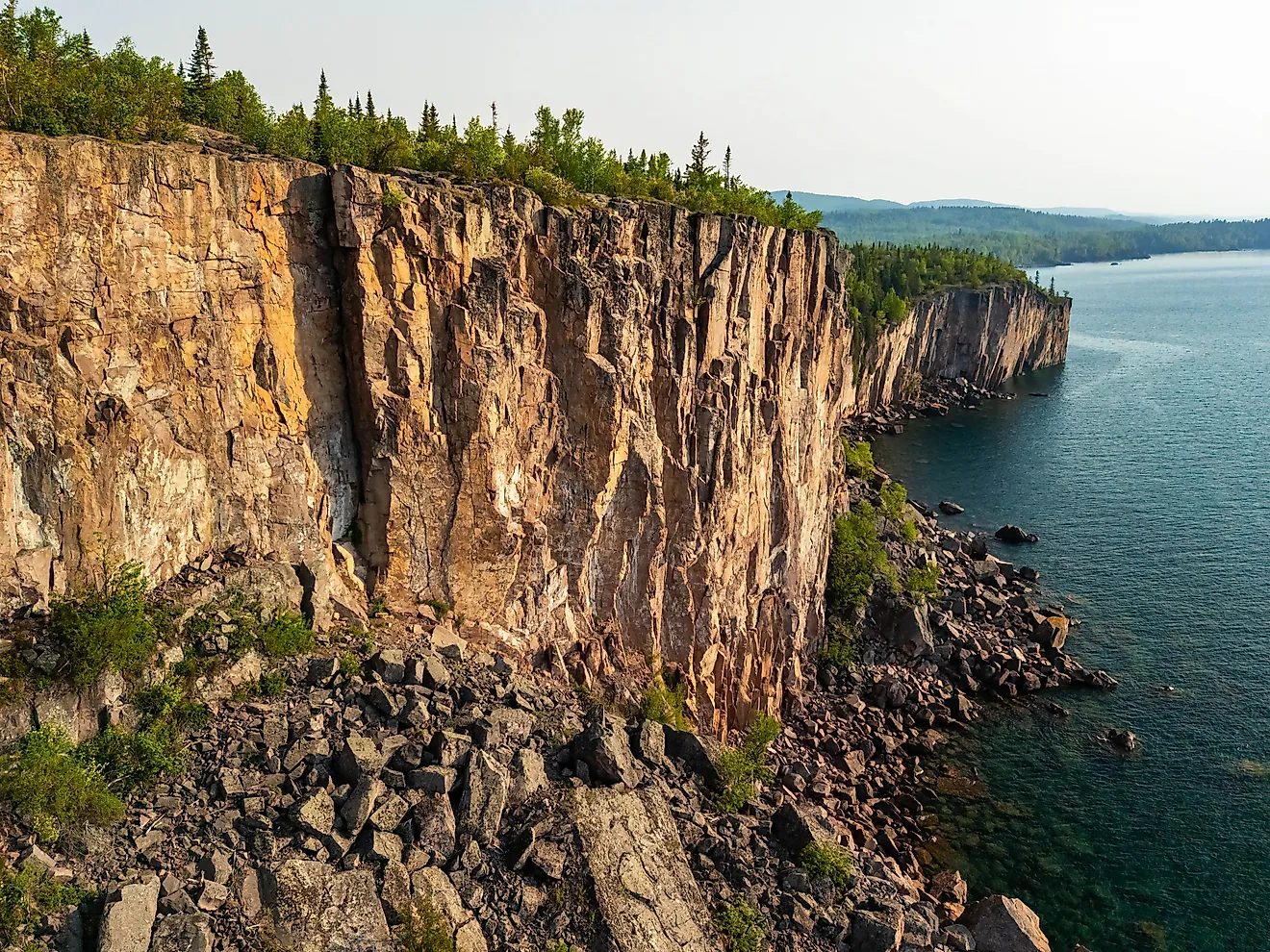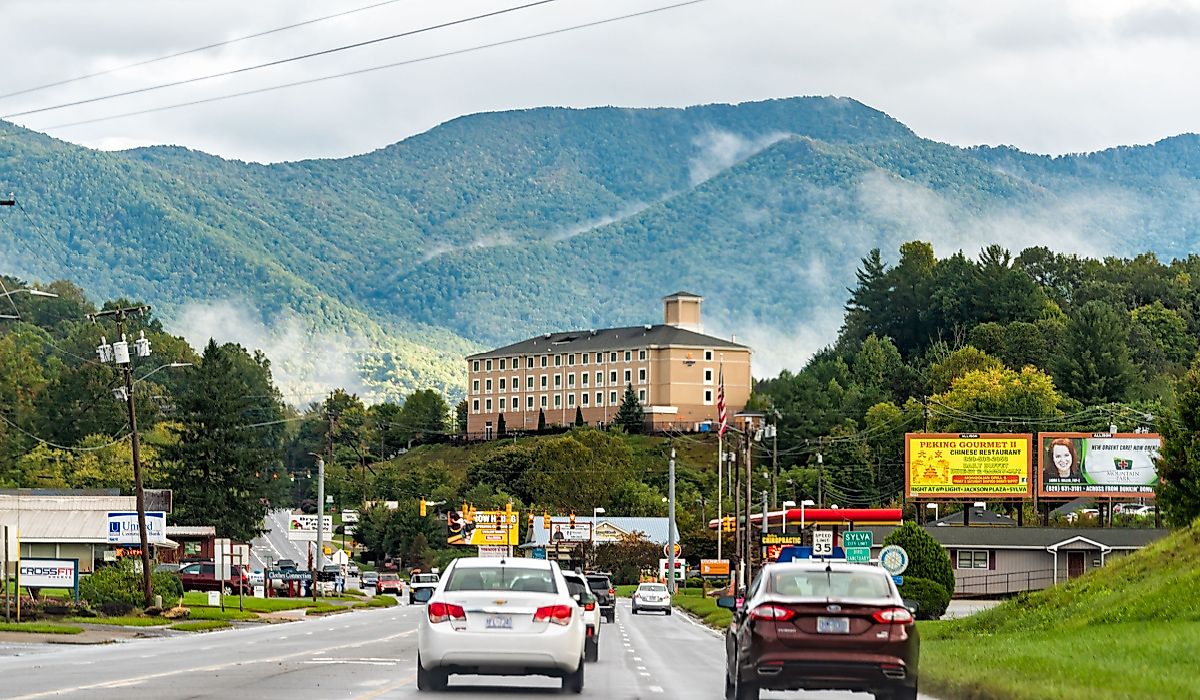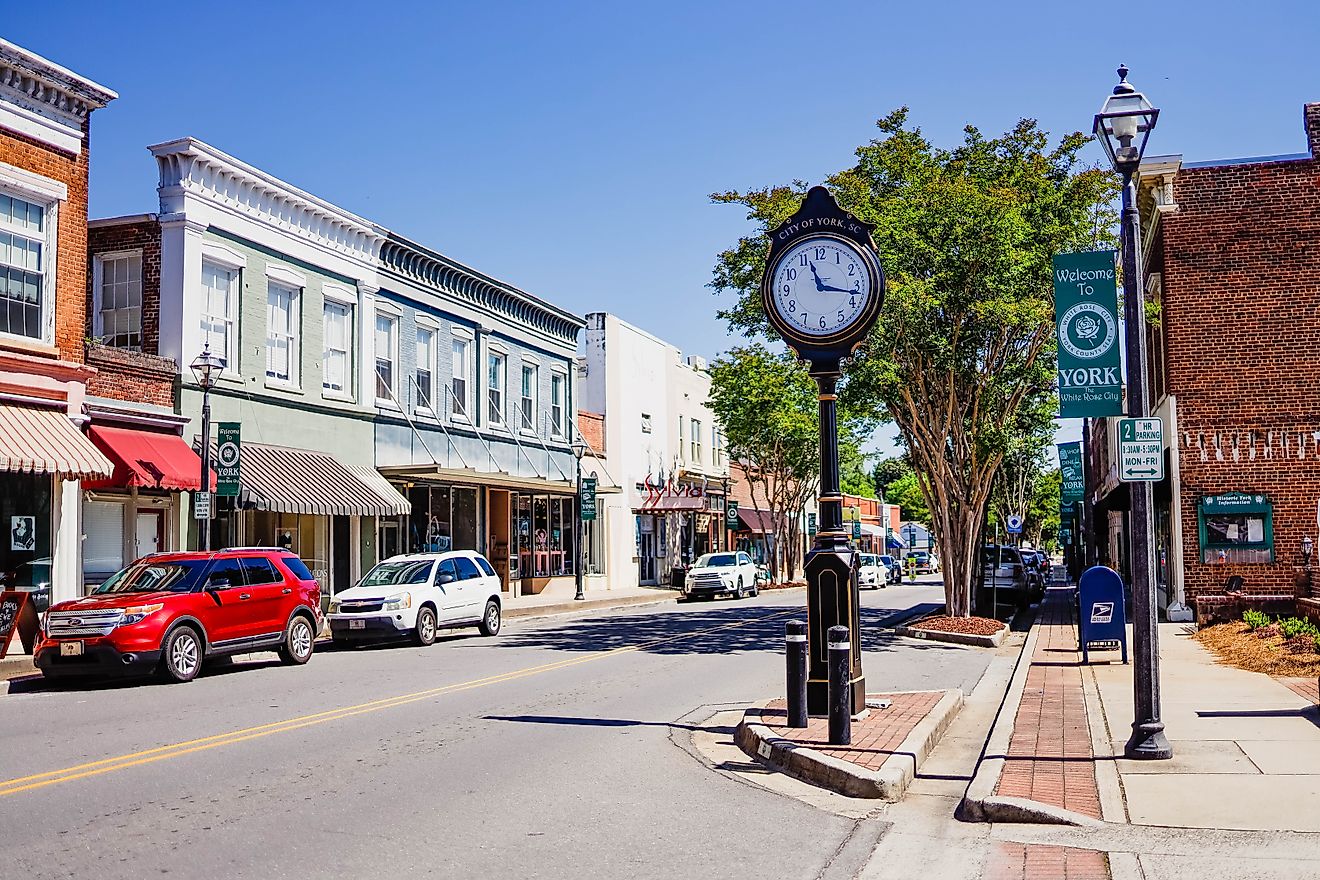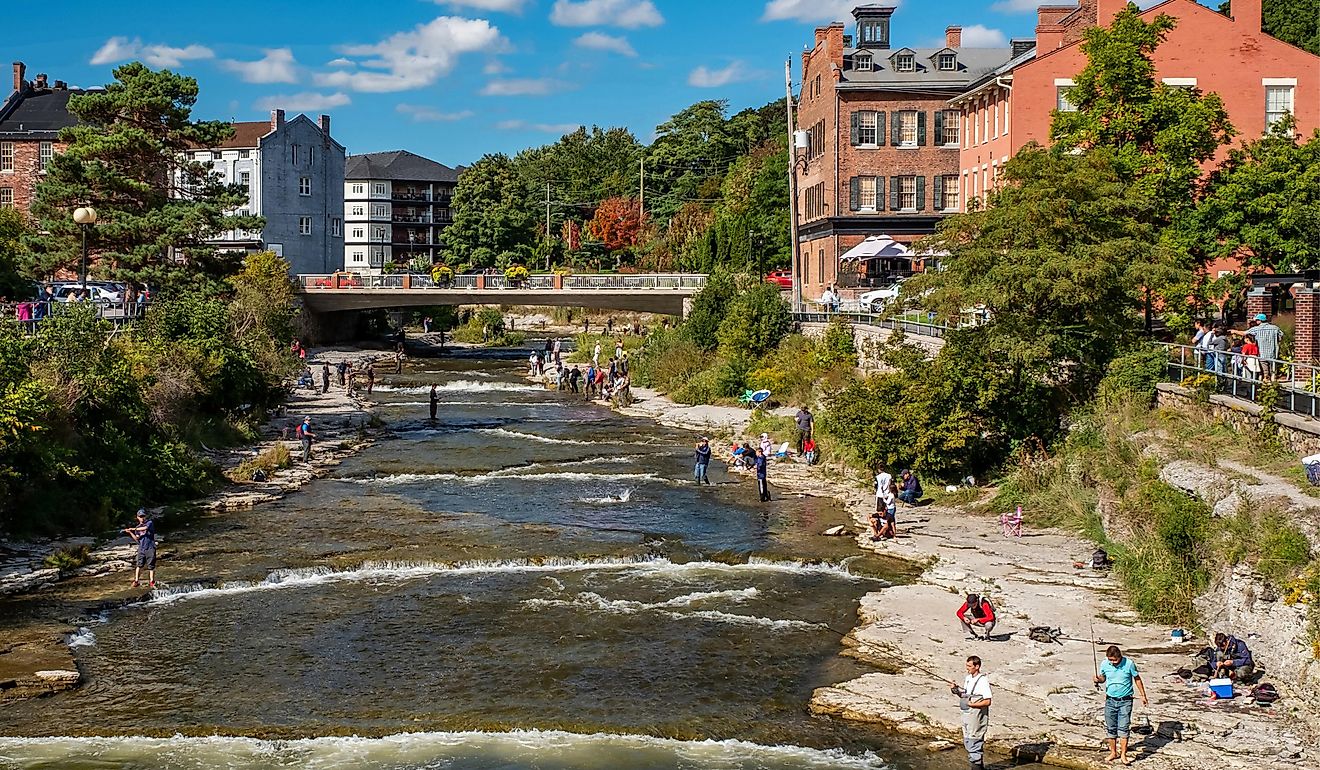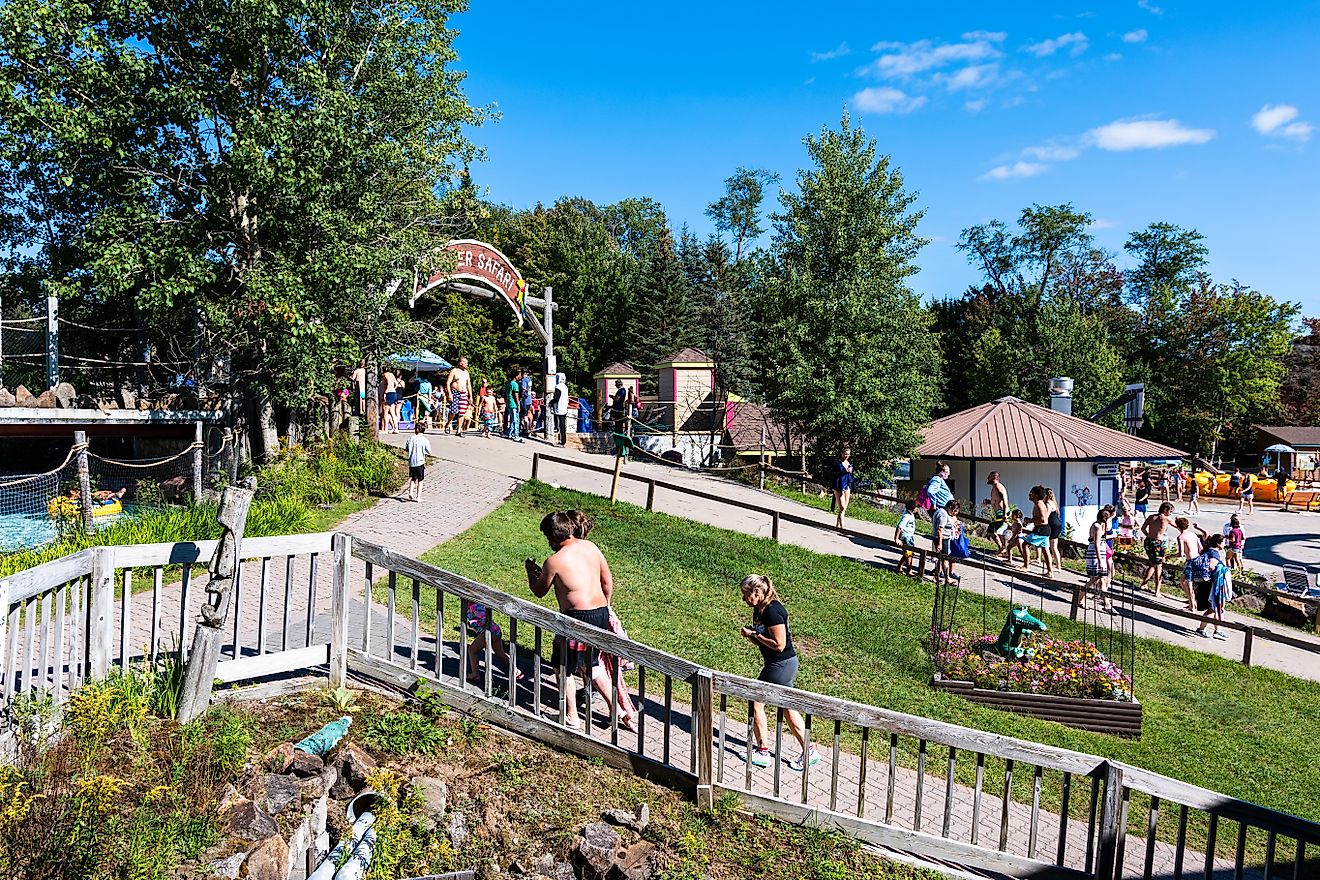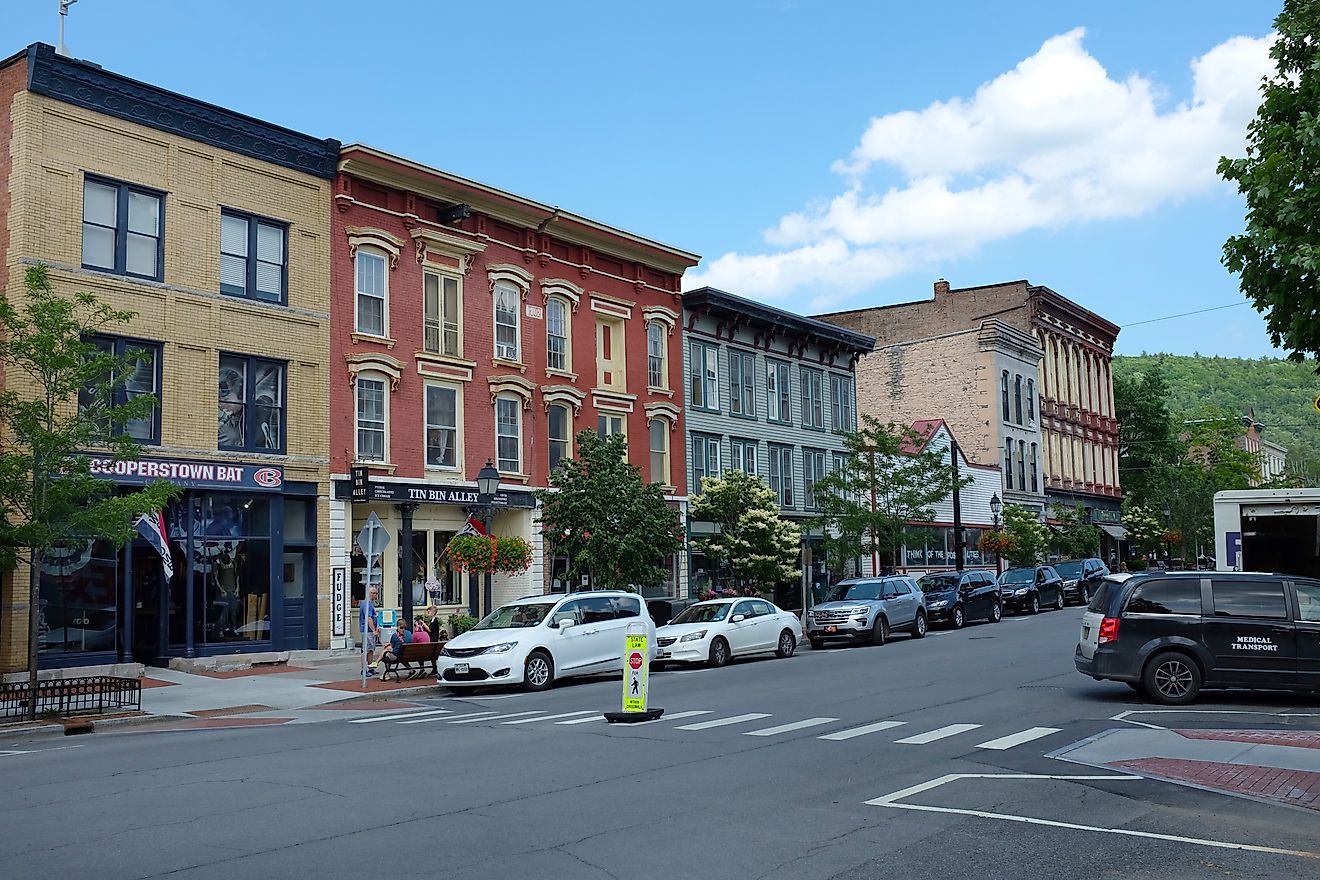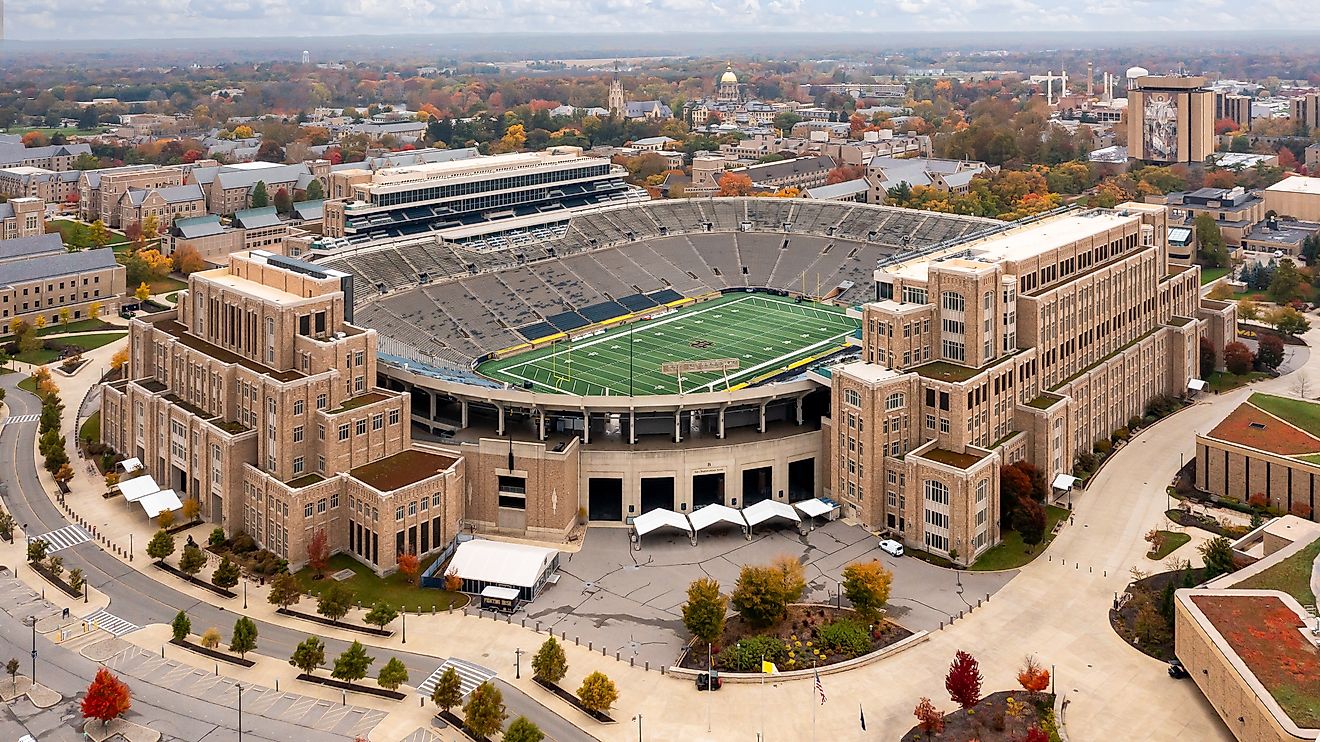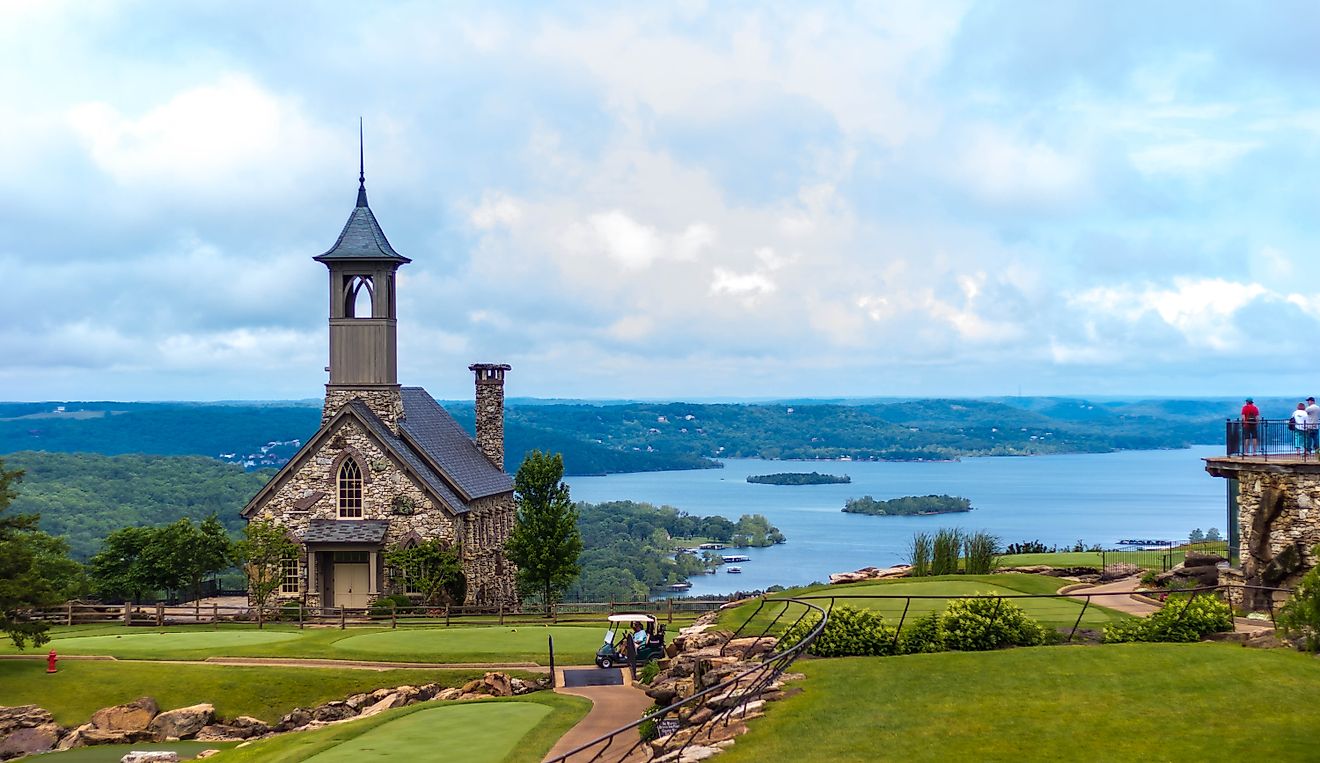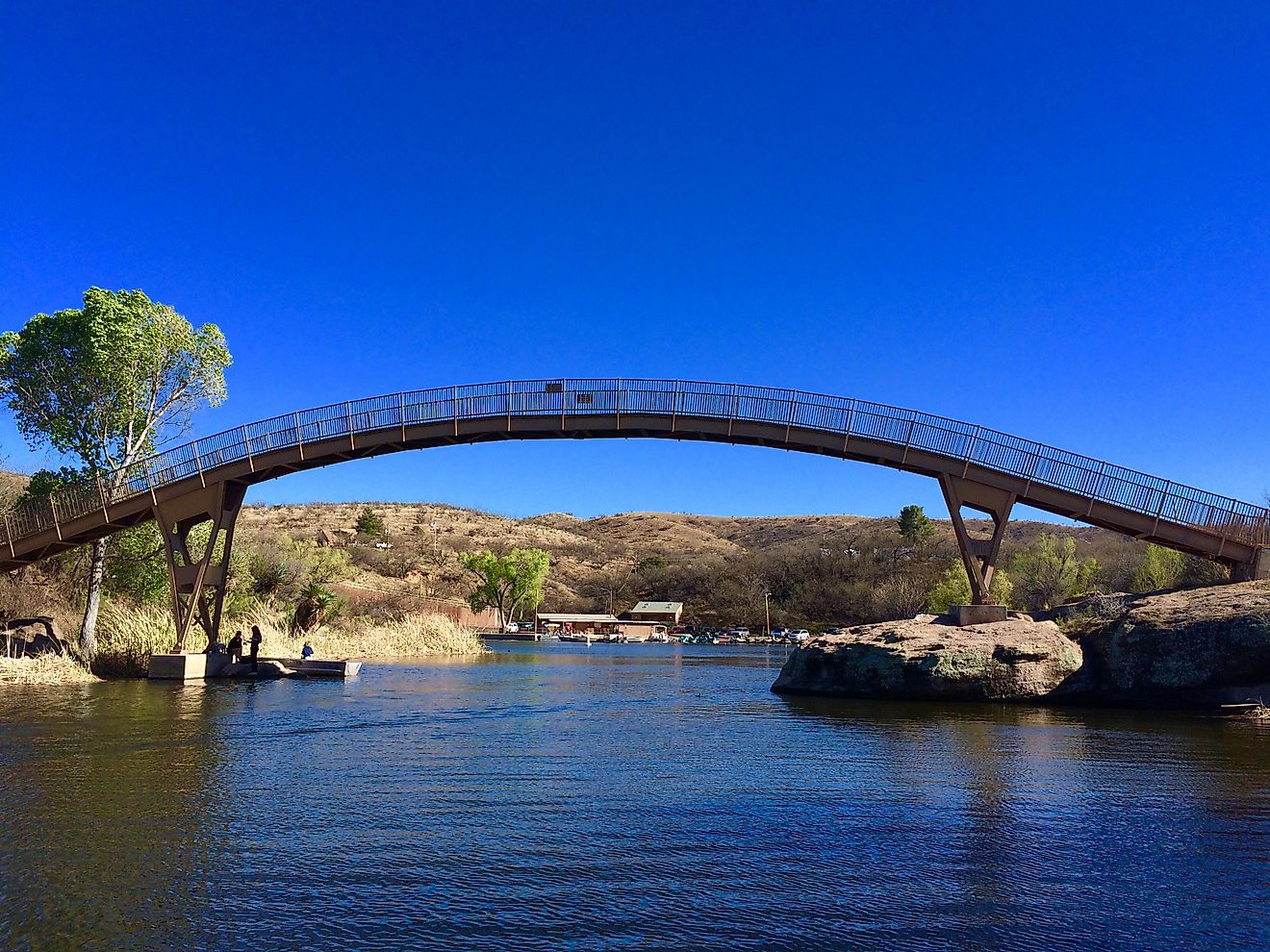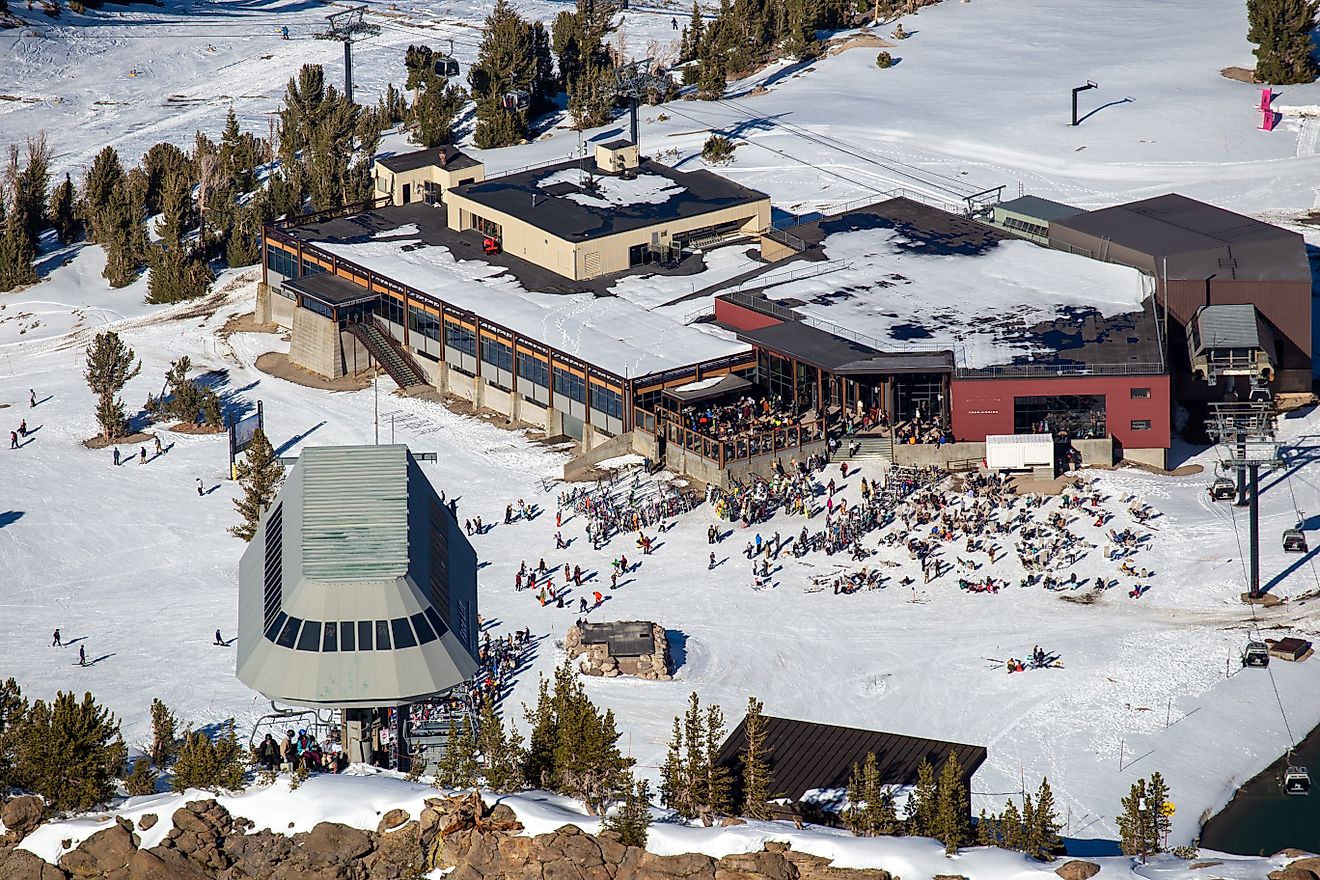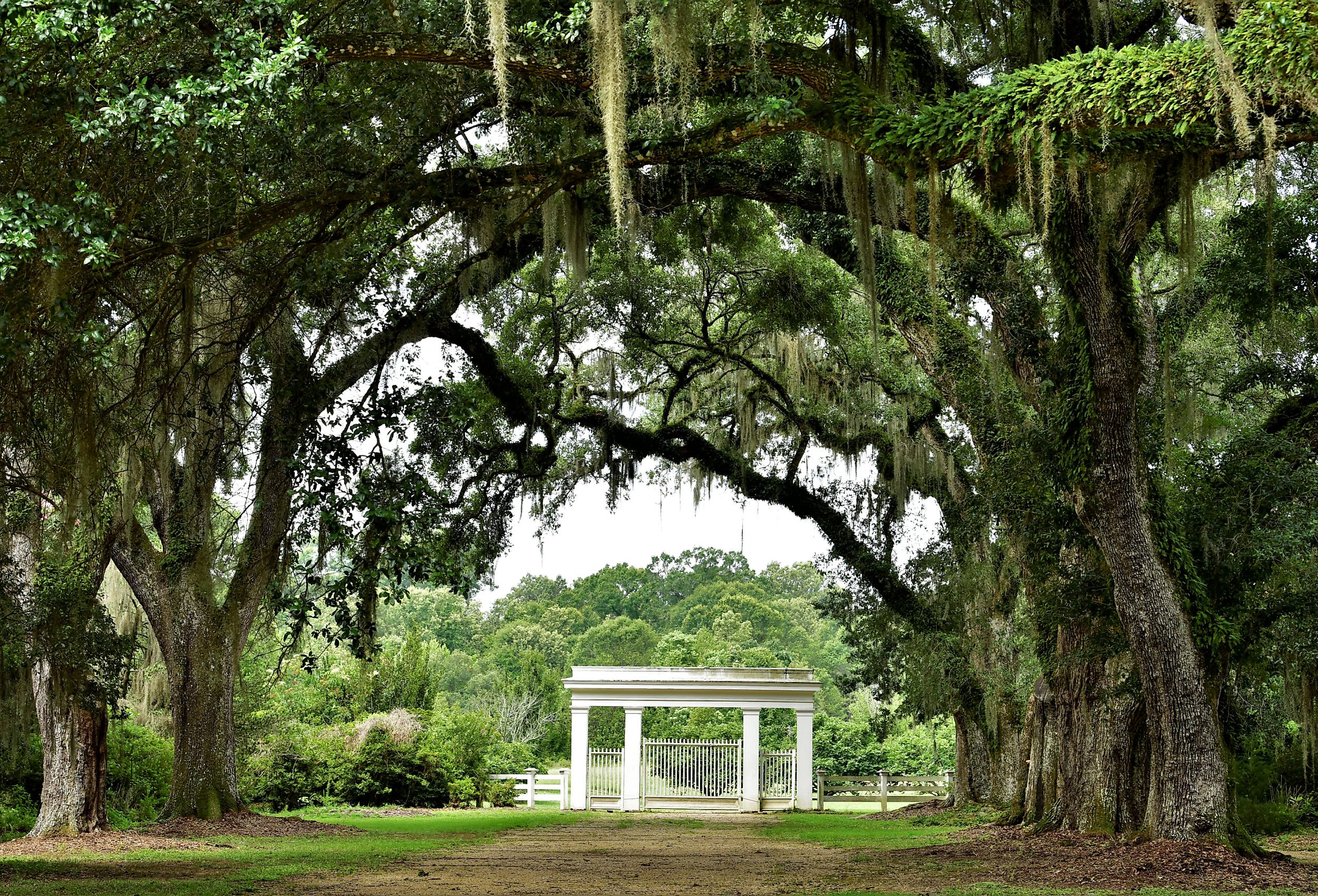
7 Must-Visit Historic Towns in Louisiana
In 1541, Spanish explorer Hernando De Soto first charted the region of Louisiana during his expedition of the Mississippi River. In 1803, following decades of conflict, American President Thomas Jefferson acquired the region through the Louisiana Purchase. On April 30th, 1812, the Americans admitted Louisiana into the union as America's 18th state.
The region of Louisiana covers 52,377 square miles. The ecology of the region is diverse, from plains to coastal regions. It is also a warm state, with an 88.25% humidity rate. At 108.67 people per square mile, Louisiana is ranked 26th among American states in terms of population density.
Louisiana is known for a variety of unique traits. It has its own distinct cuisine and is home to one of the premiere cities of the American South, New Orleans. Every year, Louisiana celebrates Mardi Gras, a celebration with important connections to the heritage of the region. From elaborate costumes to festive parades, it is a celebration you can only find in Louisiana.
The state of Louisiana is simply full of centuries of unique and interesting history. From the James Wade Bolton House in the town of Alexandria to the Iberville Museum in Plaquemine, it is a state filled with stories to tell. The following list presents seven historic Louisiana towns worth exploring.
Plaquemine
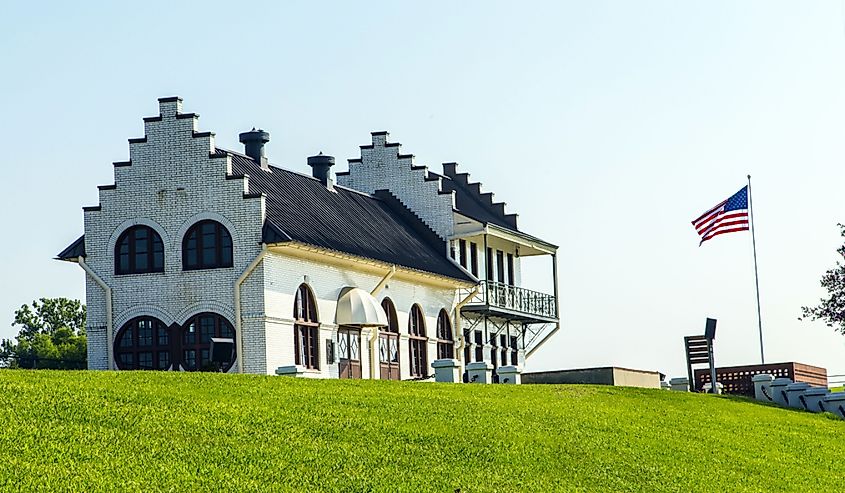
Plaquemine Louisiana sits inside Iberville Parish. It was first settled in 1775, and by 1838, it had been incorporated as a city.
The Plaquemine Lock State Historic symbolizes one of the early forms of hydraulic engineering designs. Upon its 1909 completion, the site had the tallest freshwater lift of any site in the world. In 1972, the site was designated as a national historic landmark, and today, visitors can explore the on-site museum, displaying its history.
First opened in 2000, the Iberville Museum serves its mission of preserving and displaying the history of Iberville Parish. The building formerly served as the city hall until 1985. One of the exhibits tells the history of the Atchafalaya Basin. Completed in 1927, St. John Baptist church has over a century of history within the region. The structure is 70 feet wide by 250 feet long and was designed by architect Albert Bendernagel. Today, visitors can explore the "Cathedral on the Bayou" and join their Sunday Mass service. The Carl F Grant Civic Centre is a local event complex. The facility includes two kitchens and a stage. It hosts events, from weddings, proms, and Mardi Gras festivities.
Last Wilderness Swamp Tours promise a memorable two-hour exploration of the swamp. Visitors can connect with nature and gain an educational experience in the region. The tour provides the perfect opportunity for a snapshot of this unique environment.
Darrow
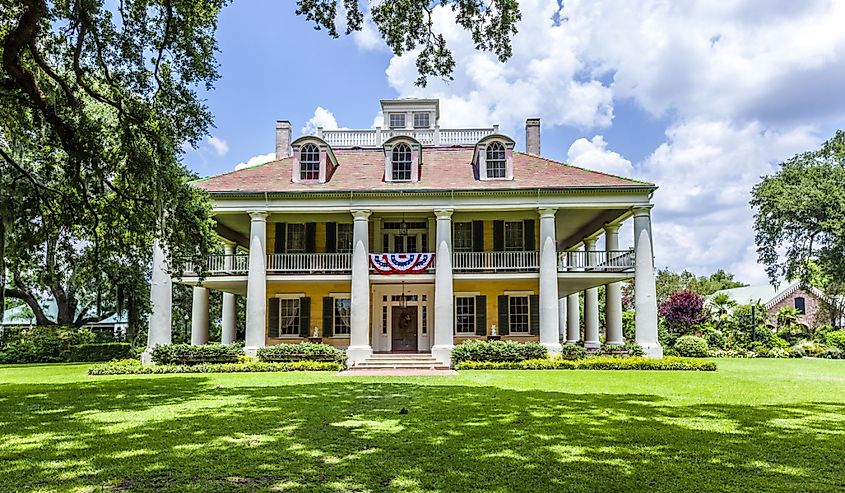
Seated within Ascension Parish is the town of Darrow, Louisiana. It is a lovely town, 60 miles west of New Orleans, and is home to multiple historic plantations.
The construction of Bocage Plantation was influenced by Greek Revival architecture and was completed in 1837. On multiple occasions over the years, the structure has undergone restoration efforts, most recently in 2008. The Plantation served as one of the settings for the 2013 film "12 Years a Slave." Houmas Estate and Gardens is home to a wide array of indigenous and exotic plant life. Completed in 1828, the grounds include an elegant restaurant, meeting rooms, and a garden. Located at Houmas estate, the Turtle Bar is a relaxing establishment known for its cocktails. Situated in a structure built in 1828, the Turtle Bar is a part of a distinct culinary experience. Following the Turtle Bar visitors can dine at Latil's Landing restaurant for a multiple-course meal.
L'Hermitage land was built by Marius Pons Bringier in 1812 as a gift for his child, Michel. It is considered one of the earliest Greek Revival Plantation homes. The building was completed by Michael Doradou Bringier in 1819. Bringier fought under General Andrew Jackson in the Battle of New Orleans. The name L'Hermitage Plantation was the same as Jackson's Tennesee property. The Great River Road Museum details how people lived and survived in the nearby Mississippi River region.
Natchitoches
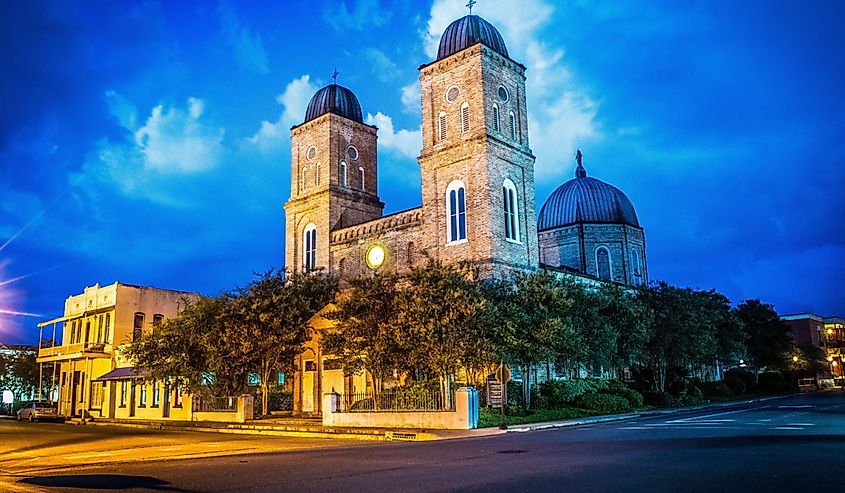
Incorporated in 1819, Natchitoches is the oldest existing settlement acquired from the Louisiana Purchase. Seated within Natchitoches Parish in the West Central region of the state, Natchitoches has done extensive work preserving its historic landmarks.
Kaffle Fredrick General Mercantile Incorporated is a general store located in Downtown Natchitoches. It is the oldest general store in the state of Louisiana and features everything from the good old days, from hardware to kitchen supplies. Next, the Louisiana Sports Hall of Fame commemorates the legacy of stories with connections to the state. Exhibits trace the history of state sports and how they've impacted the people of Louisiana. Inductees include Archie Manning, Shaquille O'Neal, and a Super Bowl XLIV commemorative football signed by all the Saints Super Bowl-winning team members.
The Natchitoches Film Trail provides visitors with a list of local sets used in cinema. The town was the setting for the 1989 film Steel Magnolias; locations from the set can be seen on your visit. The Grady Erwin Nature Area is a scenic local in Natchitoches. It is home to a variety of great hiking trails, touring forests, and connecting visitors with the outdoors.
The Annual Meat Pie Festival commemorates the legacy of the town as the Meat Pie Capital of Louisiana. The festival was opened in 2002 to celebrate this local culinary staple. The history of the Meat Pie in the region dates back to the original settling of the area in the 1700s. It was passed down through the generations, each adding their unique perspective on the recipe.
Alexandria
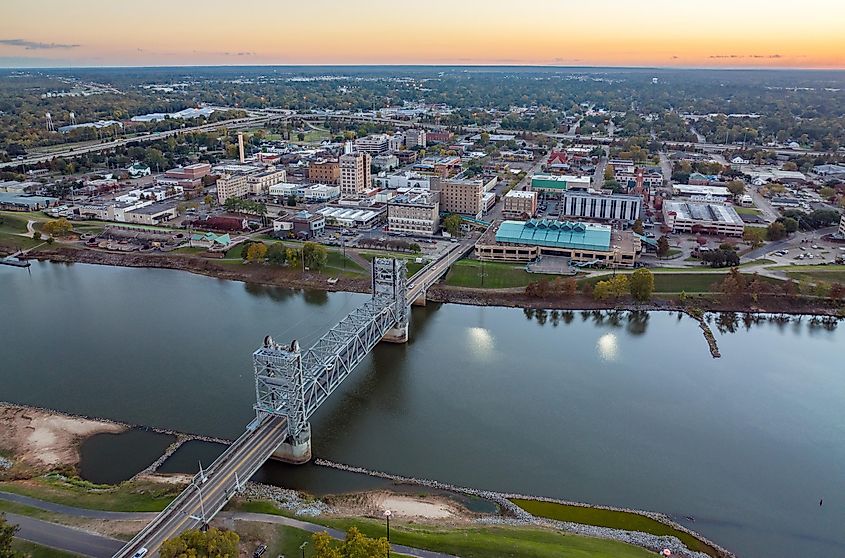
The Rapides Parish is home to the city of Alexandria Louisiana. In 1765, Alexander Fulton bought a plot of land from the Spanish, which was settled in 1790. On March 18, 1819, Alexandria was first incorporated as a locale. In 1882, it became a city, and today, Alexandria is a vibrant cultural center with a well-preserved history.
In 1977, the Alexandria Museum of Art opened to the public. It has served as a base for the Central Louisiana Art Association. Visitors walk across a diverse region of exhibits of art from all over the world and exceptional contemporary artists. The Bolton family donated the James Wade Bolton House to the city, and was named a national landmark in 1976. The Bolton family was a group of prominent local bankers. James Wade Bolton being the president of the Rapides Bank and Trust Company from 1912 to 1936.
The Holocaust Memorial in Alexandria was first dedicated in 2014. Many local figures committed to the funding of an 18-foot-high obelisk. Each year, the City of Alexandria commemorates the Holocaust in the month of April. The Francis Xavier Cathedral Complex is the largest church in Alexandria, Louisiana. In 1984, the church was added to the National Register of Historic Places. It first opened in 1899.
Opened in 1926, the Alexandria Zoological Park has sections dedicated to each continent. The zoo commits to positively impacting the community and providing educational and inspirational experiences for all ages. It is the #1 family attraction in the region. It is home to 35 threatened and endangered species. For more festivities, the annual Alex River Fete is a family-friendly festival with musical entertainment and other festivities.
St. Francisville
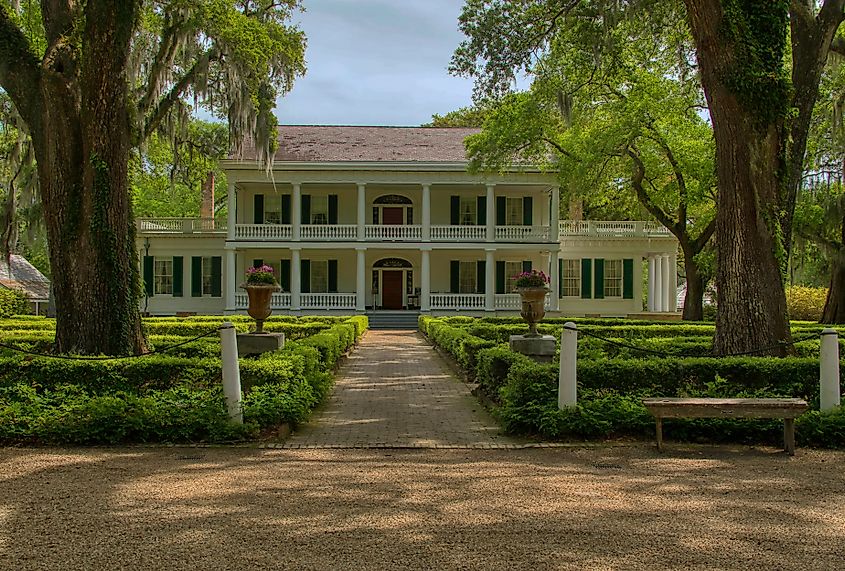
Thirty miles north of Baton Rouge in West Feliciana Parish is the town of St. Francisville. Visitors are presented with a hospitable town with breathtaking scenery and a well-preserved history.
Built in 1796, Myrtles Plantation is a historic local home. The legend of the building has been home to a vast amount of urban legends. It is known as one of America's most haunted homes. Methodist church gatherings occurred in the area as early as 1803, with preacher Lorenzo Dow preaching to the visitors of the river town of Bayou Sara. By 1896, construction of a Methodist church began in St. Francisville. Over the years, the building grew with adjoining buildings and additional property. The church is still operational today with Sunday morning worship, where visitors can still listen to the bells and worship like those in generations passed.
The Feliciana Historic Society was first founded in 1969 and has contributed to commemorating the generations of stories of the region. This history can be seen at the local museum, which occasionally hosts special exhibitions.
Afton Villa Gardens is the culmination of the project from Genevieve and Morrell Trimble. Since 1972, the two have worked on restoring the former Burrow estate. They took the home destroyed by the 1963 fire and turned the grounds into a vast array of floral beauty, connecting visitors with nature.
Crowley
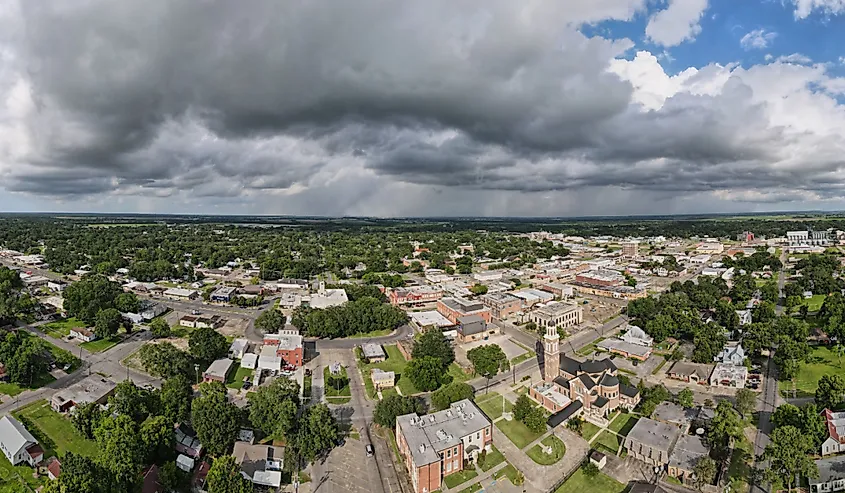
The town of Crowley, Louisiana, is located in Acadia Parish. The town was settled in 1887 by brothers C.C. and W.W. Duson. Crowley is home to 200 buildings on the National Register of Historic Places.
The house of David L. & Jeanette Ross May is the building that housed prominent local African American citizens. Longtime residents of several decades, the Mays were honored as outstanding citizens of Crowley in 1980. Throughout the decades, the couple served the residents, from educators, to entrepreneurs, to political and religious leaders. J.D Miller Recording Studios showcases the history of Louisiana music. Built in 1967, the studio was considered one of the most technologically sophisticated in Louisiana. Miller was responsible for changing the music scene in the United States by bringing cajun music to the mainstream.
In 1901, architect David E. Lyons created the Grand Opera House. Costing $18,000, the Opera House was home to primarily Vaudeville and minstrel performances. Today, the recently renovated building can hold up to 500 guests.
Built in 1948, Miller Stadium has provided citizens of Crowley with electric baseball entertainment throughout the decades. Today, the park is the home for recreational baseball, from youth leagues to semi-pro teams. In 2020, Crowley dedicated $5 million to upgrading Miller Stadium.
Gonzales
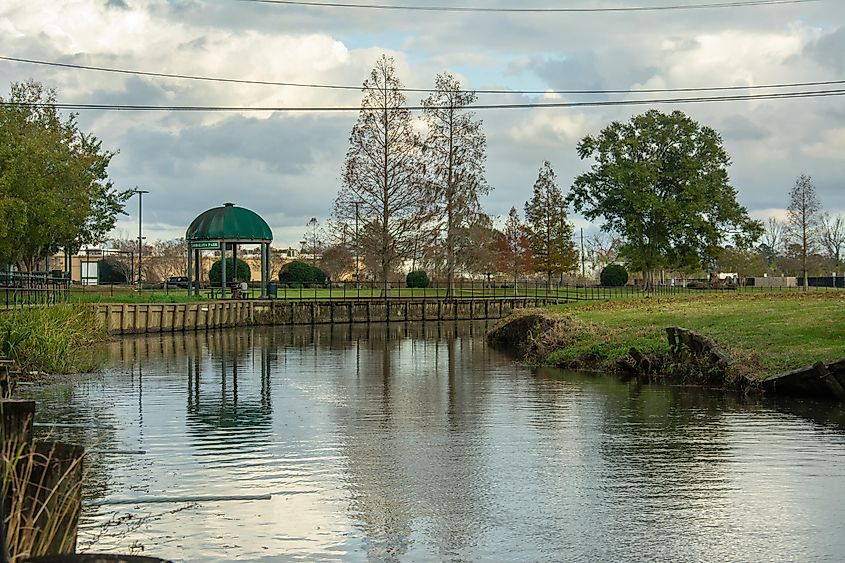
Seated in Ascension Parish is the town of Gonzales, Louisiana. In 1977, the town was incorporated as a city. The National Chamber of Commerce in 2019 listed Gonzales as one of the 5 top cities to live in Louisiana.
The Gonzales Jambalaya Festival dates back to 1967. Steve Juneau is the inspiration for the event. He determined the best way to promote local cuisine was at a festival dedicated to locally made jambalaya. On June 10, 1968, Gonzales was named the jambalaya capital of the world. 2024 will mark the 57th anniversary of the festivities. Gonzales's first Baptist church was formed in 1907. The first structure was 25 by 40 feet in size and was the first church of any denomination to be organized in Gonzales. Ascension Veterans Memorial Park was created to commemorate contributions from veterans in the American Military. It's a memorable setting with educational events and exhibits.
Ascension Community Theatre is a great nonprofit entertainment facility. Visitors can buy tickets to their July production of Beauty and the Beast. A volunteer-based board of directors runs the theatre.
The state of Louisiana is replete with adventure. From the Jambalaya Festival in Gonzales to the Natchitoches Film Trail, many amazing stories will be told. In summer and winter, travelers can take comfort in the knowledge that the weather will be pretty nice; just make sure to bring sunscreen, lots of water, and some bug spray, too perhaps! This list can be used as your point of reference for your next road trip adventure in the Pelican State.

